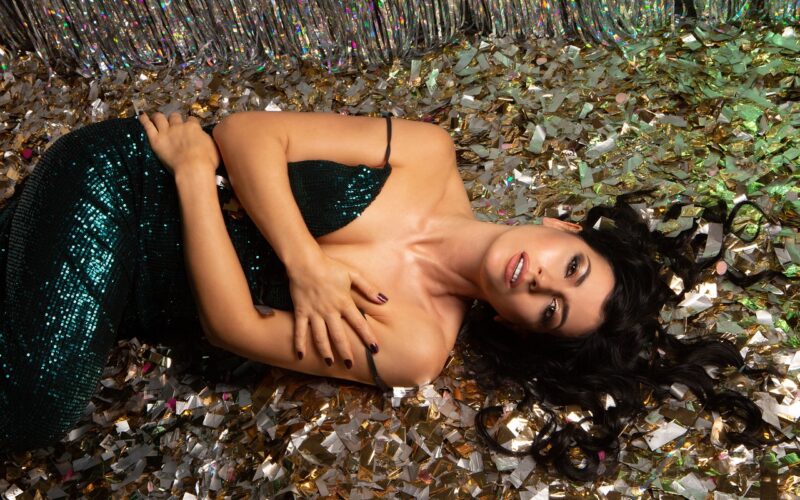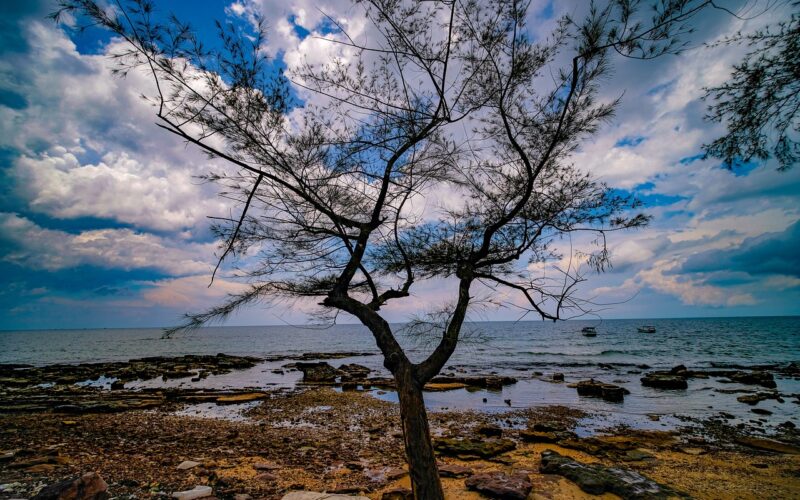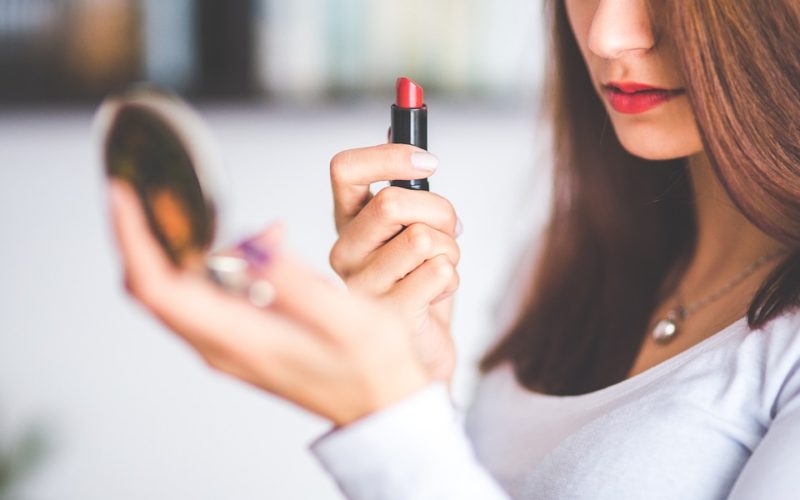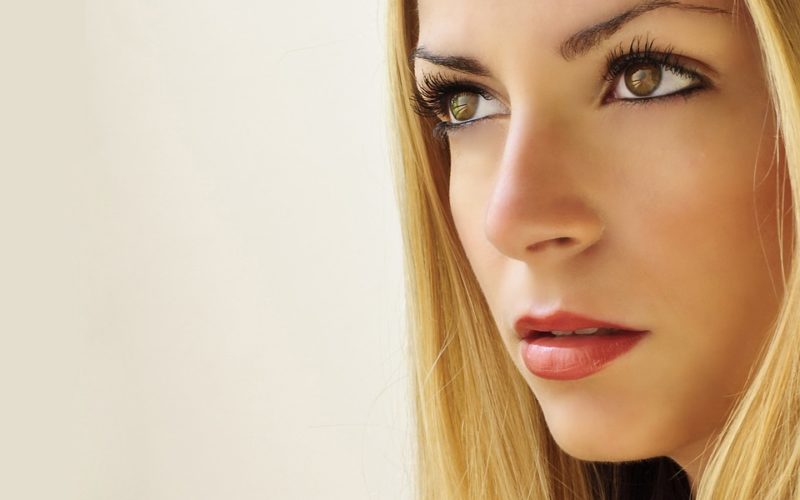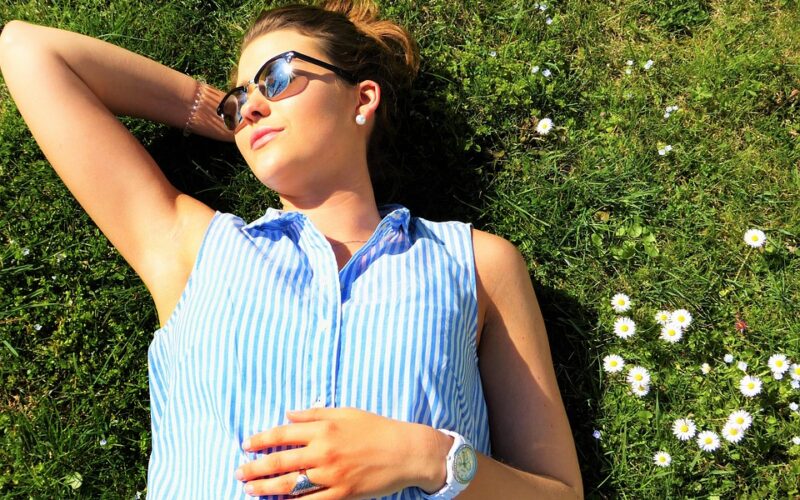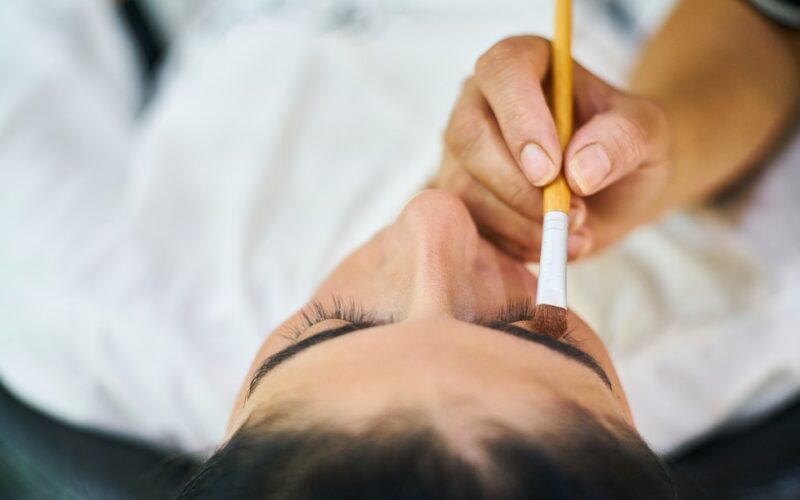Beauty Across Cultures
Beauty is an elusive concept, perceived through a prism of vast cultural backgrounds and traditions. Around the world, beauty standards vary tremendously, reflecting the diversity of humanity itself.
The vivid tapestry of African beauty
In many African societies, beauty is tied to the concept of vibrancy and life, often associated with physical health, fertility, and wellness. For example, the Maasai people of Kenya and Tanzania adorn themselves with intricate jewellery and bright colours, signifying strength and beauty. Scarification, a process that involves etching designs into the skin, is also seen as a form of beauty and social status amongst some ethnic groups in West Africa.
East Asia's reverence for paleness
Pale skin has long been treasured in several East Asian cultures as a symbol of elegance and high social standing— a stark contrast to Western cultures where tanned skin is often more desired. In China, Japan, and Korea, the porcelain-like skin signifies that one does not labour outdoors, differentiating the privileged from the working class. This preference has led to the flourishing of an industry dedicated to skin-whitening products.
India's definition of beauty through adornment
In the world’s largest democracy, beauty is often characterised by adornment. Traditional Indian beauty revolves around symbols such as the bhindi, mehndi (henna designs), and heavy gold jewellery, enriched by a kaleidoscope of colours in clothing. The intricate designs of sarees and lehengas are not just fashion but a stage to display the artistry and sophistication that denotes beauty in the Indian context.
The Middle Eastern pursuit of dramatic eyes
Middle Eastern beauty places a significant emphasis on the eyes. The tradition of using kohl to line the eyes traces back centuries, emphasising its role in accentuating beauty. The use of bold and dramatic eye makeup can also be seen as an adaptation of this historical practice. In some cultures within this region, the eyes are a central focus, with other aspects of beauty and adornment often designed to complement them.
Western ideals of symmetry and fitness
In contrast to many other regions, Western societies often promote symmetry, youthfulness, and physical fitness as benchmarks for beauty. The influence of media has contributed to a homogenised beauty standard— a slim figure, symmetrical facial features, and youthful skin are widely celebrated. The concept of beauty in the West is closely related to the ideals of health and athleticism, leading to a billion-dollar fitness and cosmetic industry.
Polynesia’s celebration of tattoos
Polynesian cultures view tattoos as an embodiment of beauty and identity. In regions such as Samoa, tattoos carry deep cultural significance and are considered marks of beauty, maturity, and honour. The intricate patterns are not merely decorative but serve as a visual language, narrating individual lineage, social status and personal achievements.
Exploring Scandinavia’s love for naturalness
Scandinavian beauty standards often revolve around minimalism and naturalness. There is a clear preference for a clear, well-maintained complexion, but frequently without excessive makeup or enhancements. The ‘less is more’ approach embodies the region's value on simple elegance and the natural physique, reflecting the lifestyle connected to nature and wellbeing.
Changing beauty in a globalised world
Globalisation and social media have begun to blur the lines between these diverse cultural expectations of beauty. Cross-cultural exchanges have led to a more complex and varied understanding of beauty that transcends borders. While traditional ideals remain strong, there is an emerging global conversation that recognises and celebrates the beauty in diversity.
Beauty standards are deeply ingrained cultural phenomena, and they will continue to shift and evolve as societies change and interact with the wider world. From the dark, inked lines of a Polynesian tattoo to the revered paleness of East Asian skin, beauty is a concept as diverse as humanity itself. It is clear that the definition of beauty is as intricate and varied as the cultures of the world, and true beauty might just lie in the richness of this diversity.
